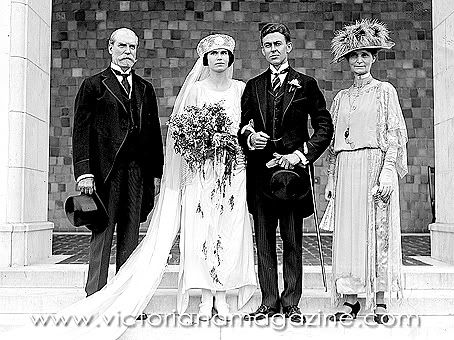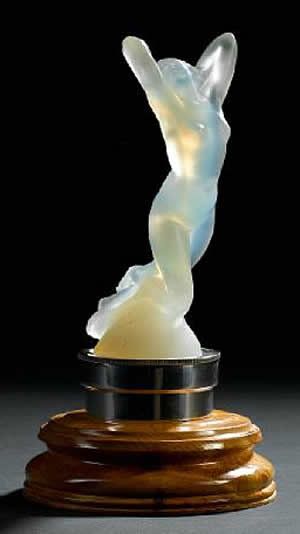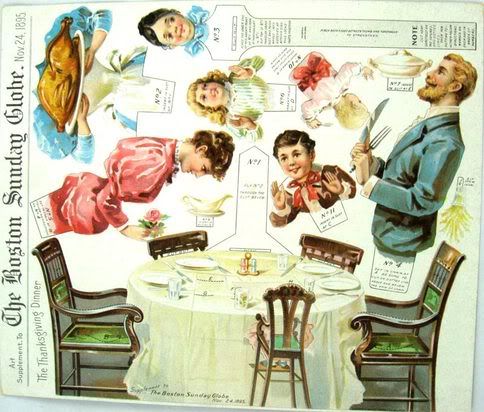My first exposure to the story of Anastasia was via a traveling Romanov exhibition. Then, when the Dreamworks animated movie came out in 1997, I was officially obsessed. The film speculates what would have happened had Anastasia survived her family's assassination. It is the dream of every little girl that she is secretly a princess, so you can see why it was a success in the box office.
Velikaya Knyazhna Anastasiya Nikolayevna Romanova was born in 1901 to Tsar Nicholas II and Tsarina Alexandra. Anastasia appropriately means "breaker of chains" or "prison opener," as, in in honor of her birth, her father pardoned imprisoned students who had participated in St. Petersburg and Moscow riots in the previous year. The designation of Grand Duchess of Grand Princess indicated that Anastasia was higher in rank than other European princesses. Anastasia had strawberry-blonde hair and blue eyes.
 Anastasia knitting in her mother's bedroom.
Anastasia knitting in her mother's bedroom.
She and her siblings were raised with a spartan hand; they slept on hard cots, cleaned their own rooms, and took cold baths. She was perhaps the naughtiest of the Romanov children but those closest to her also described her as vivacious and witty. Anastasia and her older sister Maria were practically inseparable. They shared a room and also each other's clothing. Older sisters Olga and Tatiana were similarly attached. Though Anastasia did not suffer from Hemophilia B like her brother Alexei, the Romanov girls showed signs of reduced bloodclotting, and reportedly, Anastasia had a weak back muscle and... bunions.
 c. 1914
c. 1914
In 1917, Nicholas abdicated the throne and, along with his family, was put under house arrest at the Alexander Palace. Eventually, they were relocated to the Ipatiev House (or House of Special Purpose) in Yekaterinburg. After a year of fearing their impending deaths, the Romanovs were executed by firing squad on July 17, 1918.
 Reading next to her mother in the sitting room, c. 1916.
Reading next to her mother in the sitting room, c. 1916.
In the years following the deaths of the Romanov family, several women came forward to claim they were the Grand Duchess, most notably Anna Anderson, who was, by comparison of Prince Philip's DNA, proven to be an impostor. Any other rumors of Anastasia's survival were put to bed in 2007, when a Russian archaeologist announced the discovery of a burial site near Yekaterinburg. DNA testing confirmed that the remains found there were of Alexei and one of his sisters. After this discovery, all bodies of the Romanov children were accounted for and the myth of Anastasia's escape was put to bed.
 Tatiana and Anastasia with their dog Ortino in 1917.
Tatiana and Anastasia with their dog Ortino in 1917.
For more photos, visit the
George Grantham Bain Collection,
Beinecke Rare Book & Manuscript Library, and
Alexander Palace.






























